Increasing your uptime and OEE
Uptime is the difference in time between a production line running and being stopped for any reason during a scheduled production run.
As production line efficiency directly impacts profits, optimising your performance can make a big difference in overall success. It can improve productivity and reduce planned downtime, which can have a significant impact on your Overall Equipment Effectiveness (OEE). Increasing your OEE will mean more productivity, less waste and help to boost your sustainability efforts.
In this blog post, we explore the different ways your business can optimise performance to increase productivity, protect against unplanned downtime, and reduce planned downtime.
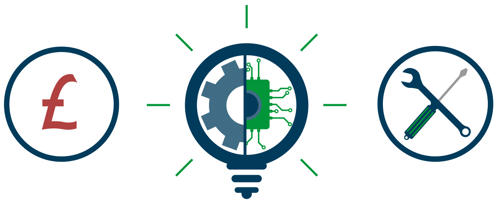
What do we mean by downtime?
Production downtime refers to any period of time when a machine or workstation is not running, which can lead to delays in production, and loss of revenue.
Downtime in production can be separated into two categories: planned and unplanned. Scheduled maintenance or product switchovers, for instance, are part of the planned production cycle, while equipment malfunctions or running out of material unexpectedly can bring sudden, unplanned pauses.
A staggering 82% of companies experienced at least one unplanned downtime incident over the past three years, and most have suffered two or more. Producers need to be prepared for eventualities and ensure their supply chains have enough efficiency built into them to overcome any disruption caused by unscheduled stoppages.
Reactive maintenance costs are typically 50% higher than planned maintenance costs due to their run-to-fail maintenance processes - only performing repairs after equipment has broken. To boost uptime and keep production running, predictive and preventative methods are best, as downtime can be detrimental to OEE.
In this blog, we'll explore the importance of CIJ and PALM technologies, as both are paramount for efficient production lines. Particularly in high-speed settings where CIJ is used, the impact of downtime can be higher than other technologies used in lines without that speed demand. PALM is a technology used at the end of the line and therefore, a short delay can cause a serious blockage of the whole production line.
Typical CIJ Operation and Downtime Risk Factors
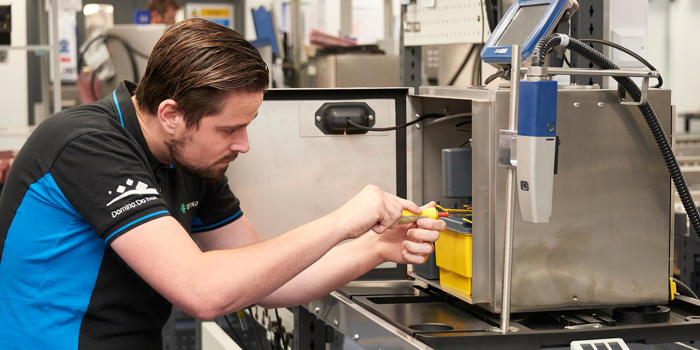
Continuous inkjet (CIJ) printers are optimised to allow you to maintain production efficiency. Yet without due care, printers can begin to cause problems: printing codes that are misaligned, difficult to read or completely illegible. That raises the potential for product recalls, rework, wastage and even legal action - all of which have associative costs.
To avoid downtime risk factors, we recommend you regularly check:
- Plumbed fittings in a cabinet
- The operation of solenoid valves
- Security of conduit fixings
- Printhead for leaks
- Visually check all wiring
- Electrical and air supply
- Pump speed
- Inspect and clean PCBs
| Print quality check |
Ink information |
Operation |
Review |
- Ink stream alignment
- Modulation window
- Pressure window
- Optimise print position and print size
|
- Ink temperature
- Operating temperature
- Ball fall time for viscosity
|
- Cooling fan
- Positive air pump
- External alarms and beacons
- Indicators (ink/air)
- Peltier device (if fitted)
|
- Fault log for unusual activity
- Safety procedures
|
Typical PALM Operation and Downtime Risk Factors
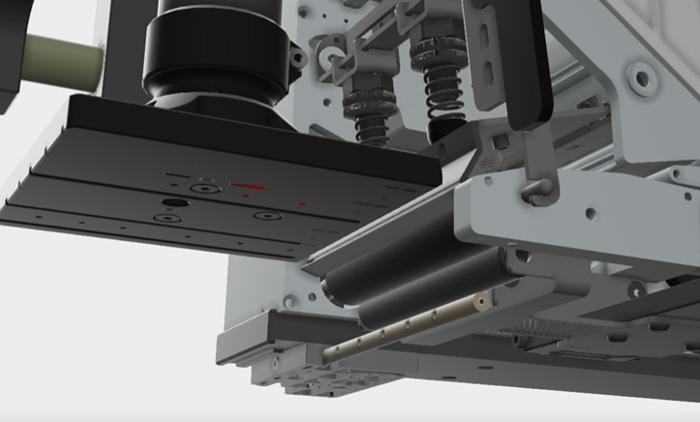
Ribbons and printhead changes mean downtime. Typically, these are scheduled downtimes used for preventative maintenance. In addition, typical print and apply operation and downtime risk factors include printer malfunctions such as jammed labels, label or ribbon shortages, incorrect label placement that can lead to rework and production delays, barcode quality issues that can lead to scanning errors and problems with product traceability, and human error. Mistakes made by operators during the print and apply process, such as selecting the wrong label or entering incorrect data, can result in downtime and wasted materials.
We have created a suggested outline of what Domino recommends as steps preventative measures to implement to reduce downtime:
- In critical uptime applications – two tandem systems should be utilized to negate the human interaction time to reload consumable.
- Operators should be locked out of system changes (user interface or hardware) to prevent characteristic changes to the system.
- For high throughput lines, Tamp-blow or direct wipe-on are primary solutions.
- For applications that cannot afford to use two systems, the Domino Print and Apply systems allow for reloading of consumables without need to fully set back from the line.
- Domino believes it to be safer for the operator to reload consumables with a system retracted from the line, but it is not necessary as it would be with some competitor models.
Joining forces, a solution to ensure uptime
One solution to avoid such losses is using two coding and marking systems together in a twin system. This approach ensures that if one system experiences a breakdown or requires maintenance, the other system can take over without any interruptions to the production line. By using a twin coding and marking system, manufacturers can minimize the risk of downtime and ensure that their production line operates at maximum efficiency.
In addition to reducing downtime, using a twin coding and marking system can also improve quality control. This approach can be particularly beneficial in industries where traceability is critical, such as the food and beverage industry or the pharmaceutical industry. Overall, implementing a twin coding and marking system is a practical and effective solution to avoid downtime and improve quality control in manufacturing.
Ax-Series Autoswap
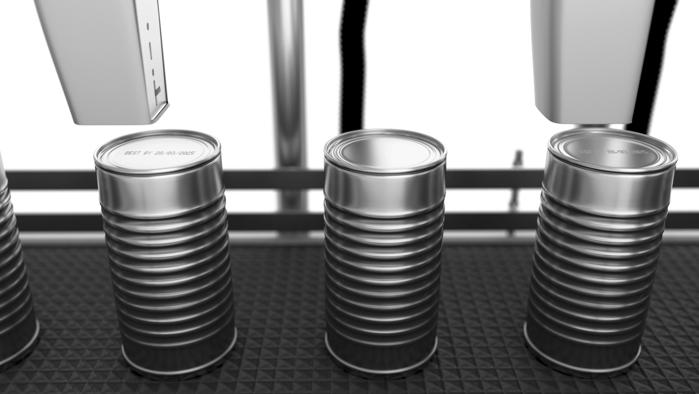
The Domino AutoSwap solution is a print redundancy system, the solution operates by having two Domino printers on a production line being monitored by an interface 'Solutions Box'. This box knows the status of both Domino printers and controls which product is coded by which printer.
This setup allows the system to code every product using either both printers, coding alternately, or either one of the two printers coding all the products should one or the other of them be in an error state.
If an error state occurs on either one of the printers during production, then all the printing will be automatically switched to the healthy printer. This removes production downtime and allows every product to be coded using either: both printers coding alternately, or either one of the two printers coding all the products should one or the other of them be in an error state.
Ax AutoSwap brackets and Solution Box can be easily fitted on the production line. The solution can be retrofitted to any existing Ax-Series installation.
Twin Labelling Station
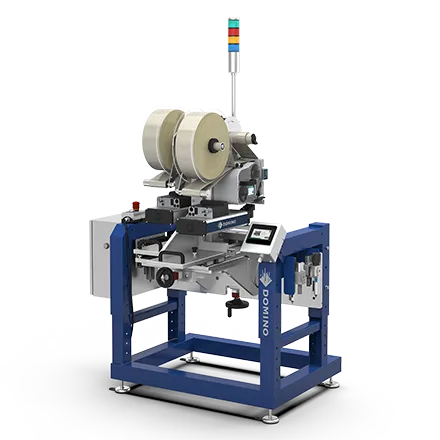
In an effort to mitigate the downtime risks associated with PALM, Domino worked with partners to develop a Print and apply twin system. The result is the TLS, this system combines two printers and a controller in one conveniently-sized package for any environment. This allows you to easily switch between them as needed, without suspending production lines. With the twin Labelling Station (TLS), scheduled downtime due to maintenance and Ribbons and printhead changes can be dramatically reduced. Thanks to its automatic auto-swap function, unplanned outages will be also under control.
Thanks to this, TLS can dramatically increase OEE by up to 5%. The system is powered by two Domino M230i printers, known for fast and flexible print and apply labelling. Domino has paid special attention to the system’s total footprint, minimising it and ensuring an easy integration even in tight spaces and a minimal impact in existing production lines. In summary, the TLS has been designed to ensure that the production line keeps rolling, with rapid and reliable labelling.
For more information, take a look at our TLS.